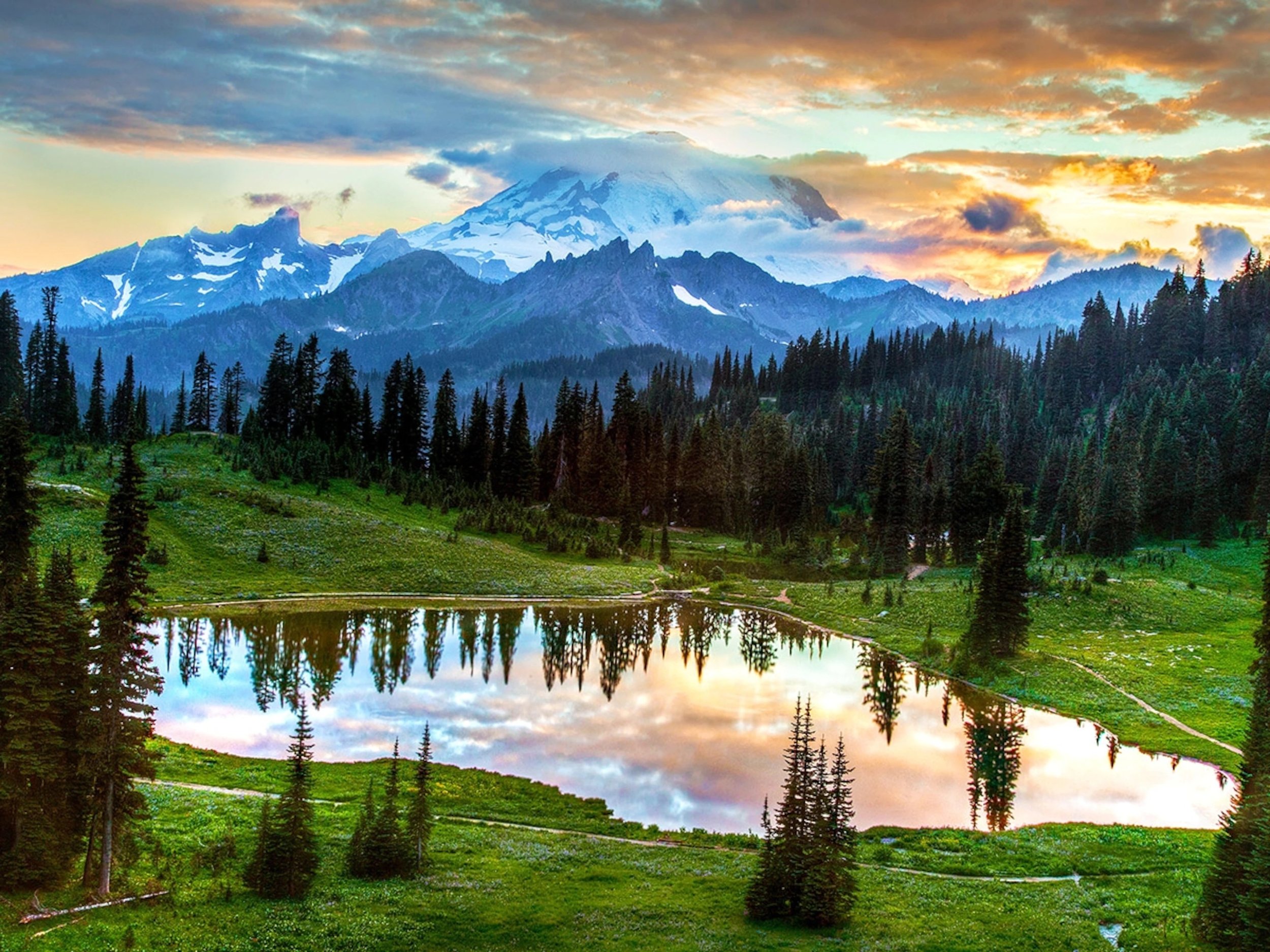
Washington
film incentive program
Washington Filmworks (WF) is the private non-profit organization that manages the Production
Incentive Program (also referred to as the Motion Picture Competitiveness Program) as well as a variety of resources for the creative industries in Washington State. WF’s mission is to create economic development opportunities by building and enhancing the competitiveness, profile and sustainability of Washington State’s film industry. What Is Available in the Production Incentive Program?
WF provides funding assistance to commercials filming in rural Washington as well as feature films and episodic series filmed anywhere in Washington State. The level of funding assistance is estimated based upon application materials and is actualized after production submits total in-state spend documentation during the completion package review process. In order to qualify for funding assistance, the applicant must meet the following minimum in-state spending thresholds:
● $500,000 Motion Pictures
● $300,000 Episodic Series (per episode)
● $150,000 Commercials
Level of Funding Assistance
Motion pictures + episodic series (less than six episodes)
● WF offers funding assistance for qualified in-state expenditures of up to 30% for motion
pictures and episodic series with less than six episodes.
Episodic series (six or more episodes)
● WF offers funding assistance for qualified in-state expenditures of up to 35% for episodic series with at least six episodes.
Commercials (rural filming only)
● WF offers funding assistance only for commercials filming in rural counties. The commercial must qualify for the enhanced incentive for filming in a rural community and would then be eligible for funding assistance for qualified in-state expenditures of up to 40%.
Enhanced Incentives
If a production meets the following spend thresholds of $500,000 for motion pictures, $300,000 per episode for episodic series, and $150,000 for commercials, then the project may qualify for up to an additional 10% on qualified in-state expenditures if they film in a rural county and / or tell the story of a historically underrepresented community.
10 Washington State Myths
10) Lost Treasure near Old Blewett.
9) The Vashon Island Bike Tree.
8) There's a giant Octopus under the Tacoma Narrows Bridge.
7) Lake Washington Underwater Forest.
6) Bigfoot/Sasquatch.
5) UFO's at Mt Rainier.
4) DB Cooper.
3) Caddy the Seamonster.
In the event that a qualified production is telling the story of a historically underrepresented community and filming in a rural county, WF will allow for a maximum of a 10% incentive enhancement on all qualified Washington production expenses.
Nonresident Labor Some nonresident labor may qualify for incentive dollars if certain criteria are met. See the section titled Nonresident Labor Eligibility Requirements in the Production Incentive
Program guidelines & criteria
Local Filmmaker Initiatives
WF also manages several programs to support emerging Washington State above the line and below the line talent including the Emerge Program, Small Budget Production Initiative and the Media Mentorship Program. For more details visit Washington Filmworks website.
Questions? Email us at Info@washingtonfilmworks.org
Mushroom season in the Pacific Northwest stretches from early spring until late fall.
Botanist Helen Lau from the Okanogan-Wenatchee National Forest, along with Jennifer Becar and Mike Pruss from the Nez-Perce Clearwater National Forest, have tips to get the most out of your mushroom hunt.
Mushroom season in the Pacific Northwest stretches from early spring until late fall. Botanist Helen Lau from the Okanogan-Wenatchee National Forest, along with Jennifer Becar and Mike Pruss from the Nez-Perce Clearwater National Forest, have tips to get the most out of your mushroom hunt.
As rain falls in the spring and snow melts into streams, moist soil starts to warm with the longer daylight. This is how mushrooms are made.
What mushrooms can be found in the Pacific Northwest?
There are hundreds of species in the Northwest, but only a few that are collected for human consumption. Wild mushrooms available where you live depend on the ecology of your area.
Helen Lau, a botanist for the Okanogan-Wenatchee National Forest, says most people think about mushroom picking starting in the spring, but you can also look for them throughout the summer and fall.
“In the springtime, people will generally collect things like morels. And then in the summertime, people will begin looking for boletes. In the fall, people will move into things like chanterelles, as well as matsutakes,” she says.
Wild Edible Mushrooms of Washington
This guide focuses on the wild edible mushrooms of Washington state that are most suitable for novice mushroom pickers. They either have no poisonous look-alikes or can be differentated from look-alikes by verifying all the key characteristics and comparing the mushroom against the listed look-alikes. As a safety precaution, only consume small quantities when trying a mushroom for the first time, and always cook mushrooms thoroughly.
Warning: Never experiment with a mushroom that you cannot positively identify, that is over-ripe, damaged, or collected from contaminated areas. Consuming poisonous mushrooms can kill you.
It all begins with an idea. Maybe you want to launch a business. Maybe you want to turn a hobby into something more. Or maybe you have a creative project to share with the world. Whatever it is, the way you tell your story online can make all the difference.

“It all begins with an idea. Maybe you want to launch a business. Maybe you want to turn a hobby into something more. Or maybe you have a creative project to share with the world. Whatever it is, the way you tell your story online can make all the difference.”
— Squarespace


